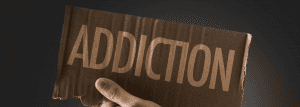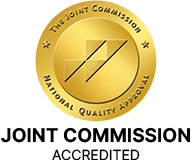
Tag: Cocaine
Cocaine is a tropane alkaloid and stimulant drug obtained primarily from the leaves of two coca species native to South America, Erythroxylum coca and Erythroxylum novogranatense. It is most commonly used as a recreational drug and euphoriant.


How Long Does a Crack Cocaine High Last?

Can You Inject Cocaine to Get High?

What Does Xanax Feel Like?

Mixing Beer and Xanax

Benzos for Cocaine Comedown
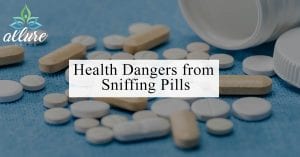
Health Dangers from Snorting & Sniffing Pills
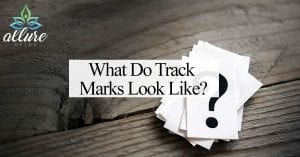
What Do Track Marks Look Like?
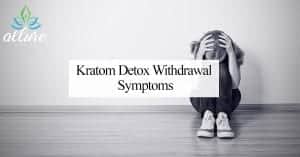
Kratom Detox Withdrawal Symptoms
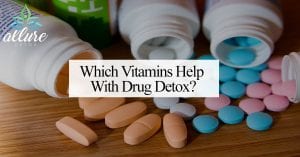
Which Vitamins Help With Drug Detox?

Dangers of Mixing Uppers & Downers
